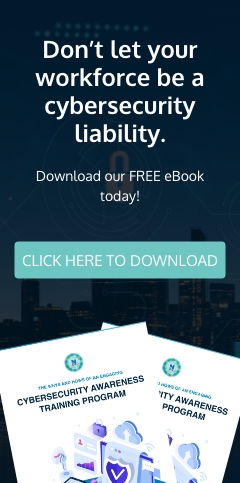For many employees, long-term remote work sounds greatly beneficial. There are many advantages, including less commute stress. In reality, working from home long-term may also cause burnout because it often involves working unusually long hours, the blurring of personal and professional lives, and far-from-ideal working conditions.
Some employees can adjust to the stresses of working from home, but some can’t. As a business owner, there are things that you can do to make sure your employees achieve work-life balance as they settle into a long-term work from home routine.
Scheduling and conducting meetings
Conducting and participating in meetings take time and effort for everyone involved. Meetings should therefore be effective even, or especially, when most of the staff are working remotely. The key to making this happen is scheduling and conducting meetings efficiently. Here are some tips to do that.
Scheduling meetings
- As much as possible, don’t schedule meetings outside of normal business hours to avoid intruding on employees’ personal time, even if they’re likely to be available.
- Select participants based on what needs to be accomplished in the meeting. This may seem like a no-brainer, but most meetings — whether it’s in-person or via Zoom — tend to include people who shouldn’t be there and who could be doing something more worthwhile.
Conducting meetings
- Keep meetings short and well-organized, and schedule them only when necessary.
- Make sure everyone has the same meeting programs/applications installed on their laptops and/or mobile devices. See to it that everyone has secure and reliable devices that they can use to participate in meetings.
- Meetings should be without disruptions caused by malfunctioning devices or poor internet connection. Seek help from your IT team or IT partner in keeping all computers and devices secure and stable while discussing confidential business matters.
- Schedule meetings using meeting schedulers. Free or paid meeting scheduling tools prevent lengthy back-and-forth email discussions, seamlessly integrate with calendars and apps, and have many useful meeting functions.
Setting goals and expectations
Some staff members may experience difficulties maintaining their usual level of productivity due to work from home-related stress or other reasons. Also, different employees may experience differing levels of fatigue, which may reflect on their performances. To that end, organizations can implement the following:
- Offer flexible working hours. Allow employees to work on hours they feel are best for them, so they can still deliver the same amount and quality of work while letting them tend to their personal obligations. Consider instituting even greater flexibility for staff who are parents.
- Assess employee performance based on the quality and quantity of their output and not on the number of hours logged. Incentivize those who can meet or exceed expectations despite not working the usual eight-hour shifts. Or, instead of instituting eight-hour workdays, encourage deep work. This entails mastering the skill to focus on doing tasks free of distractions to get things done well and in a timely manner.
- Acknowledge that some workers may face greater challenges while working from home, and offer them all the resources they need to do their job well, whether it’s IT equipment or additional benefits. Consider reviewing workloads and set expectations that are fair and achievable.
Adopting good work habits
Company leaders should encourage staff to develop good work from home habits especially since it's becoming apparent that permanent remote working is the future of work. These are some good work from home habits you can instill into your organization’s managers and their teams:
- If possible, implement “hard close” office hours. That means setting a specific time (e.g., 6 pm) after which no one should send any more emails or job requests. Exceptions might have to apply to customer service staff who attend to after-hours customer inquiries.
- Recommend setting out-of-office alerts to encourage employees to put off answering work-related messages when they’re already logged out for the day.
- Provide everyone with helpful resources and guidelines to help improve their physical and mental wellbeing.
- Encourage employees to take proper breaks, which should ideally be composed of short, frequent breaks in between bursts of productive hours. Taking a healthy amount of breaks is scientifically proven to improve productivity, regardless of whether one works at the office or at home.
A one-size-fits-all approach is not ideal in solving work from home challenges, and the same can be said about solving IT problems. NetQuest offers customized technical support for small- and medium-sized businesses in Baltimore, Towson, and surrounding areas. Let us help your team address your employees’ technology challenges to ensure optimal productively levels — call us or drop us a line today.


